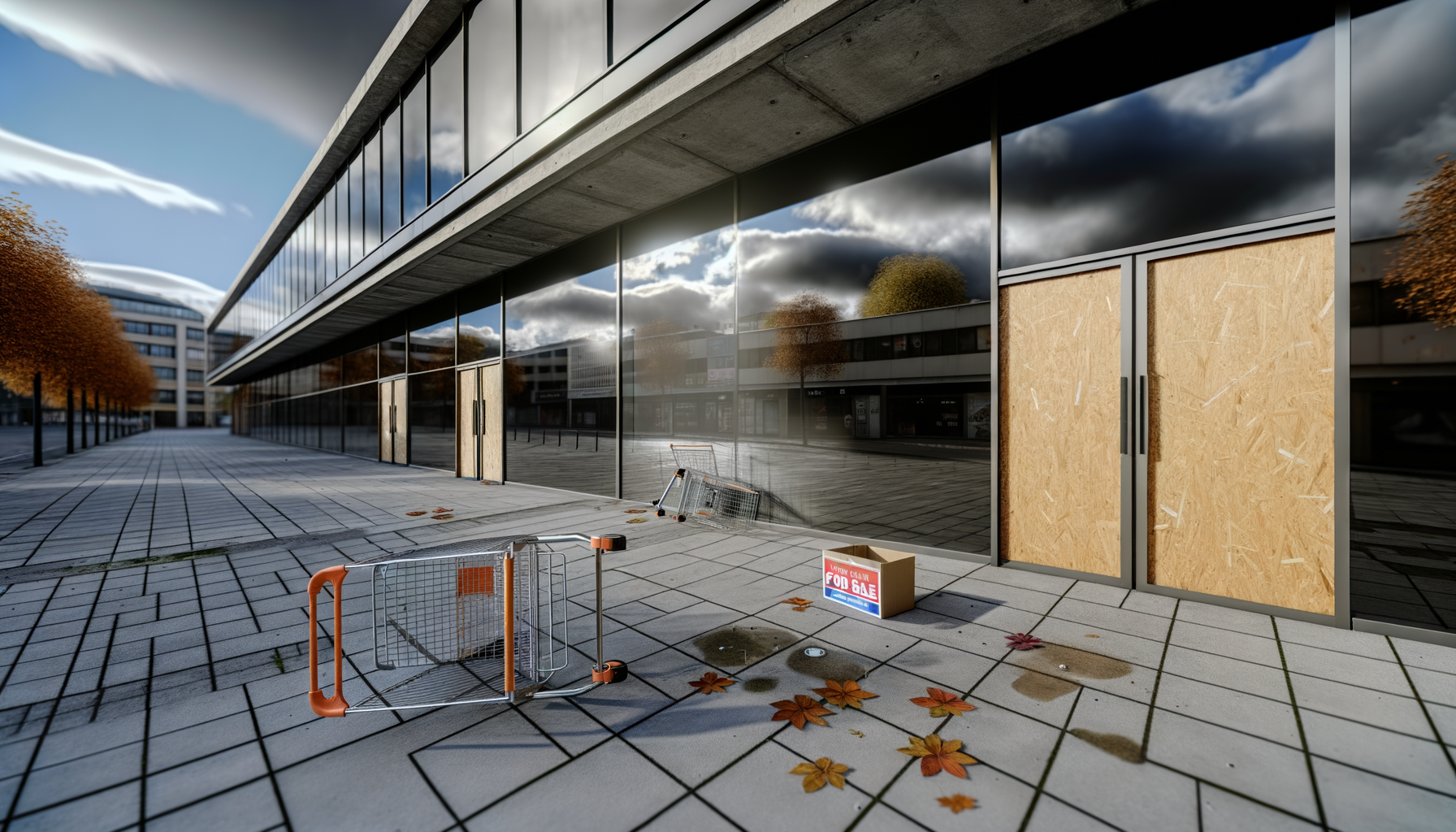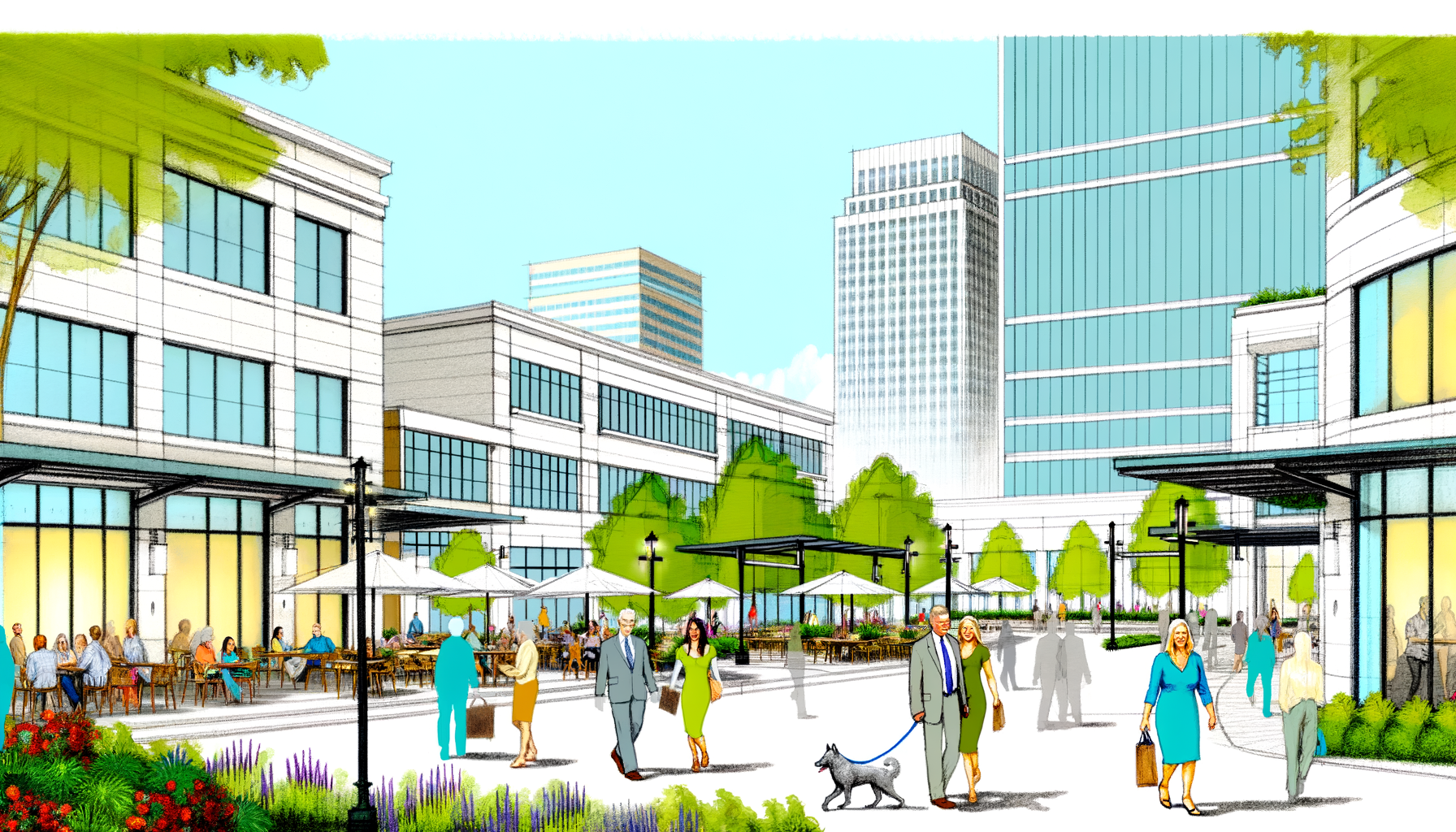Macy’s Shuts Down Northfield Store After Recent Real Estate Sale
In a move that has raised eyebrows across the retail and commercial real estate sectors, Macy’s has announced the closure of its Northfield store following a recent real estate sale. This development not only highlights the shifting landscape of retail but also stresses the importance of strategic decision-making in the ever-evolving commercial real estate world.
Background: The State of Retail
The retail industry has been under tremendous pressure in recent years, exacerbated by the COVID-19 pandemic and the accompanying surge in e-commerce. Traditional brick-and-mortar stores are struggling to compete with online giants like Amazon, forcing many retailers to re-evaluate their strategies. Macy’s, one of the iconic names in American retail, is no exception.
As consumers increasingly turn to online shopping, physical stores are losing foot traffic, prompting retailers to make difficult decisions about store operations. *“We are consistently assessing our locations to ensure they align with our customer demands and overall business strategy,”* said a company spokesperson during the announcement of the Northfield store’s closure. This reflects a broader trend seen across various retail brands aiming to streamline their operations and focus on more profitable venues.
Details of the Closure
The Northfield Macy’s store, located in a bustling shopping center, was a long-standing fixture in the community. However, the recent sale of the property has led to the store’s closure, marking the end of an era for many loyal customers. These changes are often tied to a larger strategy to optimize real estate holdings and reduce operating costs.
The store closure is expected to have a considerable impact on the local economy. Local businesses that relied on the foot traffic generated by the Macy’s location may feel the pinch, and the loss of jobs will affect numerous families in Northfield. While the exact number of employees impacted by this closure remains unclear, it underscores the shifting nature of employment within the retail sector.
The Real Estate Perspective
From a commercial real estate viewpoint, the sale of the Macy’s property might signal a shift in investor interest. As retailers downsize, there has been a growing trend of repurposing retail spaces for other uses, such as mixed-use developments that incorporate residential units, offices, and entertainment venues. Some real estate professionals are optimistic that these changes could revitalize many areas struggling with vacancies left by retailers.
While retailers are downsizing, many investors see value in acquiring these previously thriving locations. The hope is that creative redevelopment can turn these spaces into vibrant hubs that cater to new consumer needs. Forbes recently discussed how successful transformation of retail spaces hinges on innovative planning and community engagement.
Analyzing the Broader Impact
The shuttering of Macy’s store is more than just a local story; it is indicative of a widespread trend affecting cities across the United States and beyond. As large retailers continue to reevaluate their real estate strategies, many communities are left wondering how they can adapt to these changing circumstances.
While the immediate effects of store closures can be challenging, they also create opportunities for local governments and urban planners. The ability to transform retail spaces into multifaceted developments can respond to evolving consumer preferences. As a community, it becomes essential to advocate for plans that will create positive spaces for residents.
What Lies Ahead for Macy’s and Commercial Real Estate?
The closure of the Northfield Macy’s is part of a broader narrative surrounding the future of retail and commerce. With e-commerce likely to maintain its dominance, traditional retailers will need to double down on their online offerings while also improving the in-store experience for customers who do venture out. This emphasizes the need for a hybrid approach that merges digital and physical shopping realms.
For commercial real estate, the sale of the Northfield property opens up new possibilities. As communities adapt, the essence of what a shopping center means may change entirely. Stakeholders might consider investing in spaces that promote communal activities, leisure, and lifestyle events while serving the needs of evolving demographics.
Conclusion
The shutdown of the Macy’s location in Northfield serves as a microcosm of broader changes in the retail landscape and ever-evolving commercial real estate strategies. Communicating effectively with the community and proactively facilitating adaptation is key. For Macy’s, it is paramount to remain resilient and innovative, focusing on markets that still thrive while finding new ways to enhance customer engagement.
The future may seem uncertain; however, with strategic planning and community involvement, the potential for growth and revitalization in Northfield—and places like it—remains strong. The retail world is changing, and while some doors close, new opportunities will undoubtedly arise.
As we navigate these turbulent times, collaboration between retailers, real estate developers, and local communities will be essential in creating spaces where commerce can flourish.



